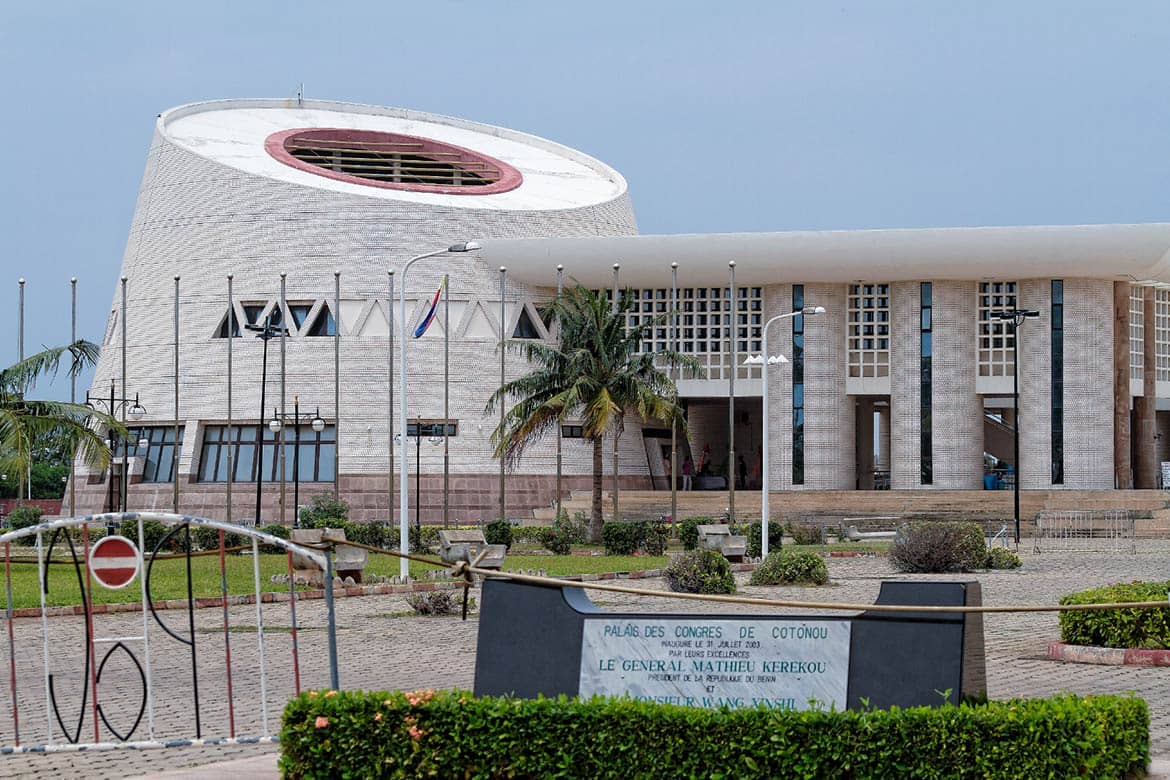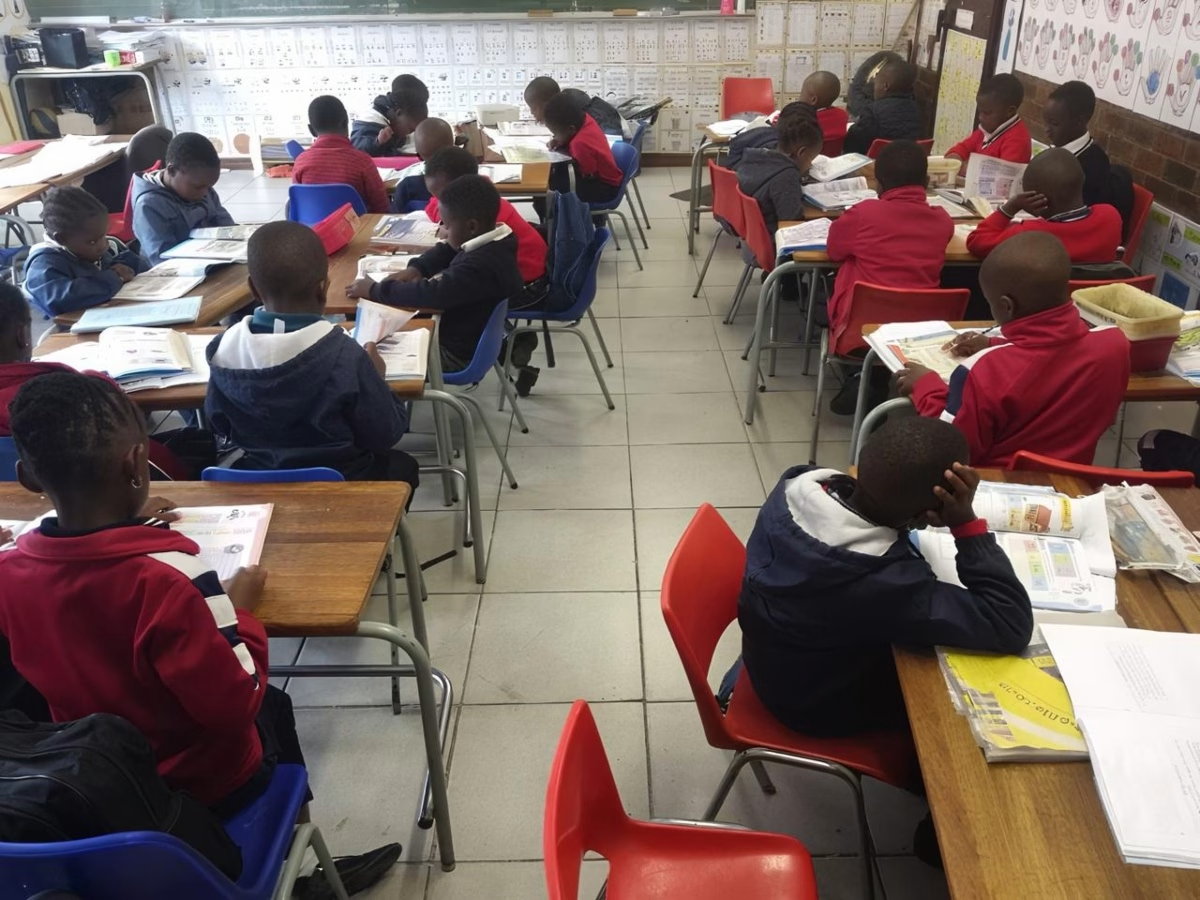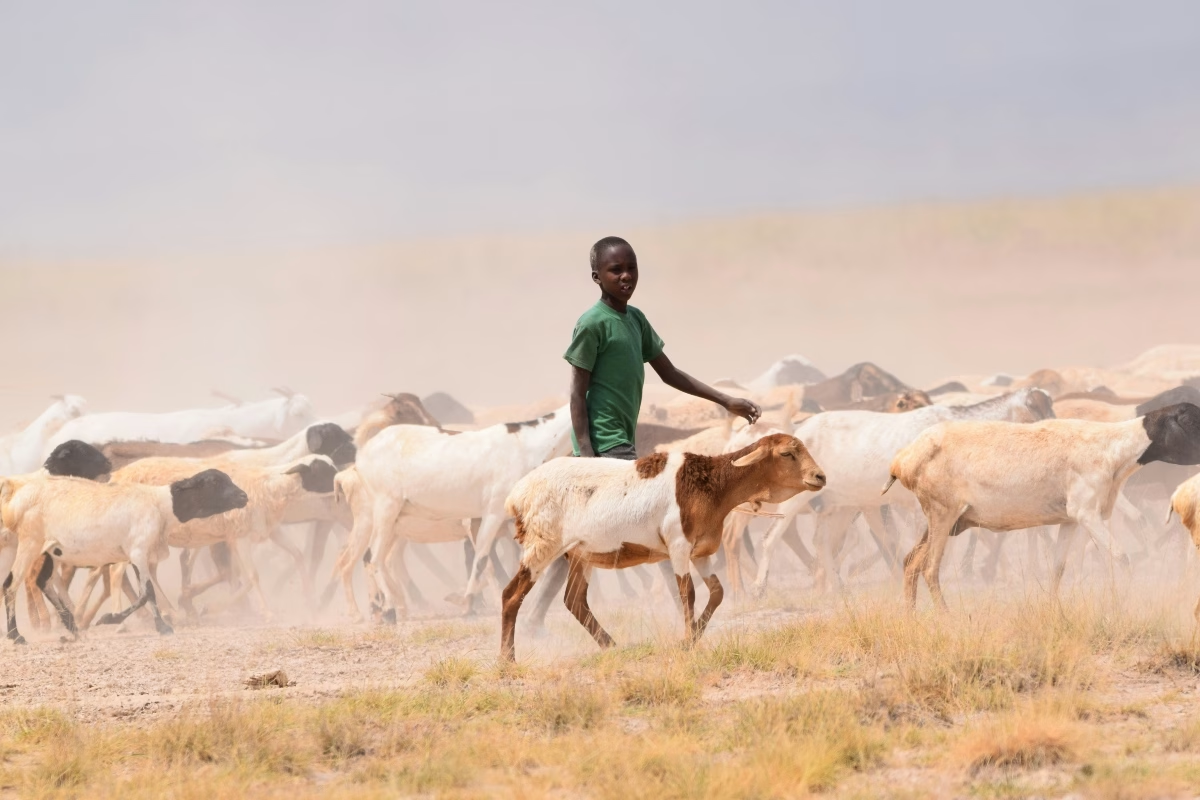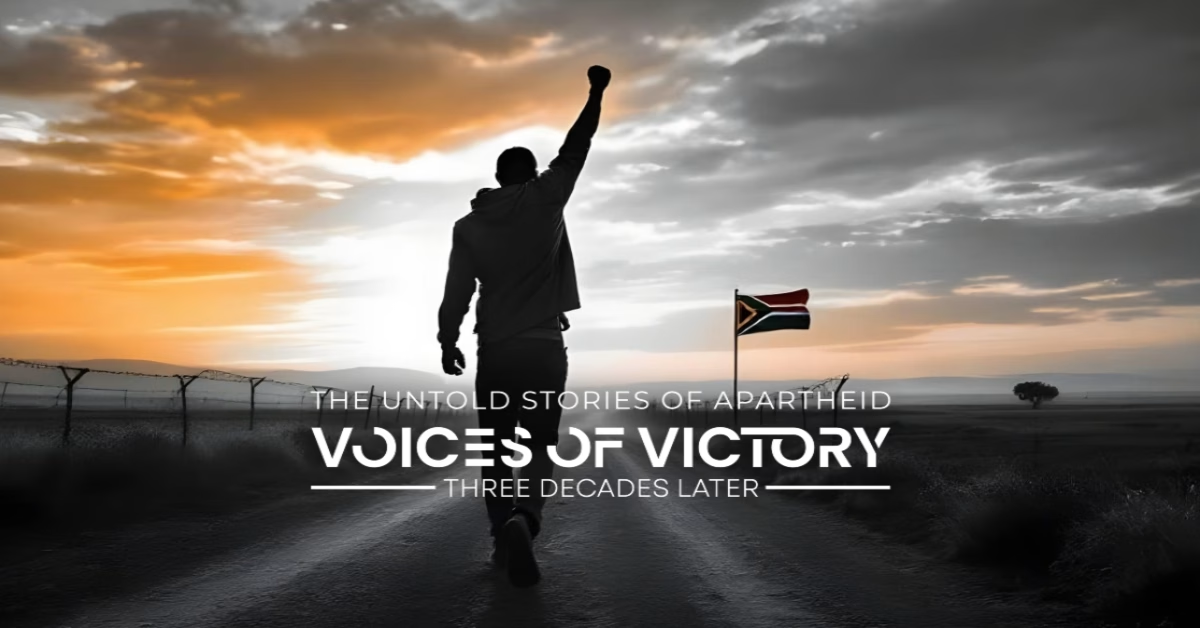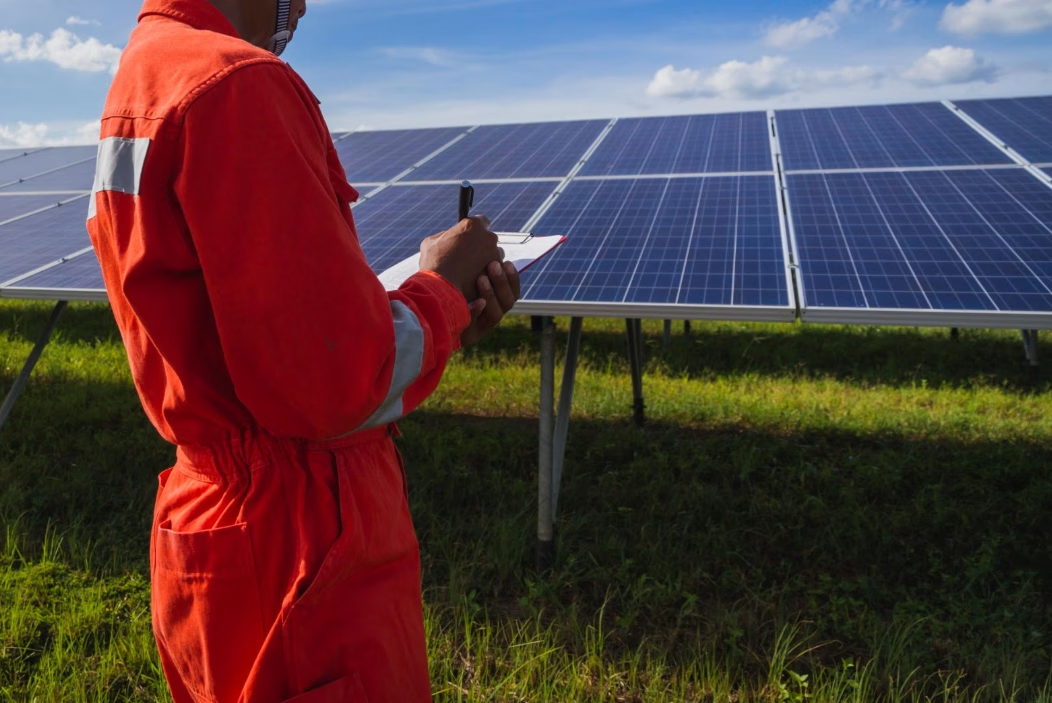About Benin
Benin is a West African country officially known as the Republic of Benin. Benin borders Nigeria to the east, Burkina Faso and Niger to the north, and Togo to the west. The country has a small coastal area on the Bight of Benin, where most of the population resides. Its capital is Porto-Novo, but Cotonou, the largest city, is the government seat. Benin’s population is 14,462,724 million and it has a surface area of 11,000 sq km (42,000 sq mi). Benin’s tropical climate leads it to highly depend on agriculture. Substantial income and employment arise from subsistence farming.
French is Benin’s official language but the people commonly speak indigenous languages such as Oruba and Fon. Roman Catholics are Benin’s largest religious group. Muslims, Vondun, and Protestants follow closely behind. Benin belongs to the African Union, the Organization of the Islamic Conference, South Atlantic Peace and Cooperation Zone, the Community of Sahel-Saharan States, La Francophonie, the African Petroleum Producer Association, the Niger Basin Authority, and the United Nations.
The Kingdom of Dahomey ruled what is now present day Benin from the 17th to the 19th century. Due to the prevalence of the trans-Atlantic slave trade, the region became known as the Slave Coast. In 1892, France took over the area after the slave trade was banned and named it French Dahomey. A democratic republic began in 1960 when Dahomey gained its independence from France which lasted 12 years.
The People’s Republic of Benin was a Marxist dictatorship the governed from 1972 to 1990. This led to a period of repression and economic collapse. The Republic of Benin formed in 1991 and brought with it multi-party elections.
Name
The country was known as Dahomey during the colonial period and in early independence. On November 30, 1975, it was renamed Benin after the Bight of Benin, the body of water on its coast. Benin has no relationship to modern Nigeria’s Benin City or the Benin bronzes.
The Benin name was picked for its neutrality. The Kingdom of Dahomey, from where the original name derived, only covered the southern part of the modern country and did not represent it as a whole, specifically northwestern areas Atakor, or the former kingdom of Borgu.
History
The Kingdom of Dahomey consisted of ethnic groups based in the Abomey plain. According to some historians, the slave trade caused insecurity that led to mass group migration to modern Abomey. This included the Gbe and Aja people, who many believe founded the city. The groups, also including the Fon people, mingled and created a new Dahomey group.
The Gbe descended from migrants from Wyo. Gangnihessou (part of the Aja dynasty that had come from Tado in the 16th century before ruling on its own in Abomey, Allada, and Porto Novo. They were the Kingdom of Dahomey’s first rulers. Dahomey, with its capital at modern Abomey, had a military culture aimed at expanding the small kingdom.
The Dahomey Kingdom had a well-developed culture. Older soldiers took on younger boys as apprentices to teach them military customs until they were old enough to join themselves. The kingdom also formed a famous elite female soldier groups, called the Ahosi. This meant “our mothers” in the Fongbe language. The Europeans called them the Dahomean Amazons. Its military prowess earned Dahomey the nickname “black Sparta” from Sir Richard Burton, a 19th century explorer and other Europeans.
The Dahomey kings sold captives into slavery. They were also killed in the Annual Customs ceremony. The kingdom earned £250,000 per year by 1750 selling other Africans to European slave traders. Despite initial resistance to the trade, it grew and thrived in the region for 300 years beginning with a Portuguese trade agreement in 1472. This led to the area called the “Slave Coast.” The kingdoms own rules demanded a large portion of those captured be beheaded which decreased the number of exported slaves. The slave number fell from 20,000 per year in the 17th century to 12,000 in the 1800’s. Bans on trans-Atlantic slave trading by Britain and other countries also contributed to the reduction. In 1885, the last Portuguese slave ship left from the coast of modern Benin.
Dahomey began to lose its regional power status in the mid-19th century. This led to a French takeover in 1892. The French called the area French Dahomey and incorporated it into its West African Colony in 1899. The French granted the Republic of Dahomey autonomy in 1958 and full independence on August 1, 1960. Hubert Maga was the president who led the people to independence.
Ethnic strife led to problems over the next 12 years, with several coups and changes occurring. Four people dominated the time period, Hubert Maga, Sourou Apithy, Justin Ahomadegbé, and Emile Derin Zinsou. The first three represented different areas and agreed to form a presidential council after the conflict marred 1970 elections.
Maga gave power to Ahomadegbé on May 7, 1972. Lt. Col. Mathieu Kérékou overthrew the ruling three on October 26, 1972. He then became president and declared the country neither Socialist, Capitalist, nor Communist. However, a short time later, he announced the Military Council of the Revolution(CNR) would rule the country as an officially Marxist one. The CNR nationalized the banks and oil industry. On November 30, 1975, the country was officially renamed the People’s Republic of Benin.
The CNR dissolved in 1979, and Kérékou set up an election with him as the only candidate. He established a relationship with Libya, North Korea, and the People’s Republic of China. Kérékou put nearly all businesses under state control, which dried up foreign investment. He also attempted to impose his own educational philosophy causing teachers and professionals to leave Benin. The country earned some income from agreeing to take on France’s nuclear waste.
Kérékou changed his name to Ahmed in 1980 when he converted to Islam, but later changed it back after claiming to be a born-again Christian. When the regime ran out of money to pay its army in 1989, riots broke out. This collapsed the banking system and Kérékou renounced Marxism and agree to release political prisoners and submit to free elections.
On March 1, 1990, the country’s name became the Republic of Benin after Marxism was abolished and the constitution was complete. Kérékou became the first black African president to step down after Nicéphore Soglo defeated him in 1991. In 1996, Kérékou returned to power after winning the elections. In 2001, Kérékou won another term in a close election with claimed irregularities.
In 2006, Kérékou and Soglo, the former president, did not run due to constitutional restrictions on age and term limits. Unlike many African leaders, Kérékou did not attempt to change the constitution to remain in office.
A free and fair election was held on March 5, 2006, resulting in a runoff between Yayi Boni and Adrien Houngbédji. Boni won the runoff on March 19 and took office on April 6. Benin’s successful elections won international praise. Some consider Benin a model African democracy, albeit one with a short existence.
Politics
A presidential representative democratic republic, the President is the head of government and head of state. Benin has multiple parties. The government holds executive power and shares legislative power with the legislature. Benin has an independent judiciary. Benin’s 1990 Constitution transitioned the country to democracy in 1991 and established its political system.
The 2007 Worldwide Press Freedom Index, by Reporters Without Borders, listed Benin as 53rd of the 69 total countries. The 2008 Ibrahim Index of African Governance, measuring Africa’s state of governance, scored Benin highly. It ranked 13th out of 48 sub-Saharan countries and well in Safety Security and Participation and Human Rights.
Patrice Talon is the current President of Benin.
Departments and Communes
Benin has 12 departments and 77 communes. The previous six departments were split evenly into the current twelve in 1999. The six new departments have yet to be assigned capitals. The departments are: (1) Alibori, (2) Atakora, (3) Atlantique, (4) Borgou, (5) Collines, (6) Donga, (7) Kouffo, (8) Littoral, (9) Mono, (10) Ouémé, (11) Plateau, and (12) Zou.
Geography
Benin lies between the Equator and the Tropic of Cancer as a north-south strip of land in west Africa. Its latitude is between from 6°30′N to 12°30′N and its longitude from 1°E to 3°40′E. Togo borders Benin to the west, Niger and Bukina Faso border to the north, Nigeria borders to the east, and the Bight of Benin is the body of water to the south.
Benin’s surface area is 112,622 sq km (43,484 sq mi). It extends in the north from the Niger River to the Atlantic Ocean in the south. This distance is 650 km (404 mi). The coastline is 121 km (75 mi wide but the country’s widest point is 325 km (202 mi) across. Benin is eight times smaller than Nigeria. It is twice Togo’s size.
Benin has little elevation change and is divided into four areas from the north to the south. This starts with the marshy coastal plain with a high elevation of 10 m (32.8 ft) and is 10 km (6.2 mi) wide at most. The Guinean forest-savanna sits behind the coast and is covered in plateaus with between 20m and 200m (66ft and 656ft) high. The valleys run north to south along the Couffo, Zou, and Oueme Rivers and divide the forest-savanna.
Next there is a flat area with rocky hills extending around Nikki and Savve. The altitude here rarely reaches 400m (1,312ft). Lastly, a mountain range sits on the northwest border with Togo. Called the Atacora mountains, Mount Sokbaro is the highest point at 658m (2,159ft).
Benin has remnants of large forests, fallow fields, and mangroves. Thorny scrubs and baobab trees cover the remaining parts of the country. Forests line the riverbanks. In northwestern Benin the Reserve du W du Niger and Pendjari National Park attract tourist wanting to see lions, antelopes, elephants, and monkeys.
Benin has a hot and humid climate with 360mm (14.2in) of annual rainfall in the coastal areas. This is not high for coastal West Africa. There are two dry and two rainy seasons per year. The first rainy season runs from April to July, with an additional short season from late September to November. The first dry season runs from December to April and an additional shorter one runs from late July to early September. Contonou’s average temperature high is 31 °C (87.8 °F) and the average low is 24 °C (75.2 °F).
When moving north, temperature variations increase toward Sahel through a savanna and plateau. The dry wind called the Harmatten comes from the Sahara from December through March. During this time, grass dries, vegetation browns, and dust clouds hang, causing overcast skies. This is also when farmers tend to burn field brush.
Economy
Benin’s economy is underdeveloped. It depends on cotton, regional trade, and subsistence farming. Cotton is 40 percent of GDP and 80 percent of exports. Output growth in the past seven years has averaged 5 percent. This has been largely offset by rapid population increases. Inflation has lessened and Benin uses the CFA franc, tied to the Euro, as its currency. In order to raise growth still further, Benin plans to attract more foreign investment, place more emphasis on tourism, facilitate the development of new food processing systems and agricultural products, and encourage new information and communication technology.
The $307 million Millennium Challenge Account grant, signed in February 2006, is set to be used to reform the land system, commercial justice system, and financial sector.
Benin’s external debt system has been eased by the Paris Club and other creditors. A G8 reduction, announced in July 2005, has also been a benefit and also pressed for structural reforms. Poor electrical supply is a large problem, but the government has started to try to improve the situation.
Despite trade unions representing 75 percent of Benin’s formal workforce, the International Trade Union Confederation (ITCU) has found the large informal economy has problems in the form of child labor, forced labor, and inequality in women’s wages. The Organization for the Harmonization of Business Law in Africa (OHADA) has Benin as a member.
The country’s only seaport and international airport is Cotonou. A new port is being constructed between Porto Novo and Cotonou. Narrow asphalt roads connect Benin with its neighbors Togo, Burkina Faso, Nigeria, and Niger. Cellular service is available and ADSL is found in some areas. Satellite connections are used to access the internet. Data prices are very high as a result. The Africa Coast to Europe cable is expected to help this.
One third of Benin’s population lives below the $1.25 per day poverty line.
Demographics
Benin has an estimated 2024 population of 14,462,724 million, up from 10.6 million in 2014. This makes it the 83rd most populous country in the world. Most of the population lives in Benin’s southern portion. There is a substantial young population and an overall 59 year life expectancy. The country has 42 African ethnic groups, which have settled and migrated in Benin at different times. These include the Yoruba (migrated from Niger in the 12th century), the Dendi (arrived in the 16th century from Mali), the Betammaribe and Somba, the Bariba and Fulbe, the Fon around Abomey in the south central area, and the Mina, Xueda, and Aja in the coastal area.
Nigerians, Togolese, and Malians have recently migrated to Benin. Lebanese and Indians involved in trade are also residents. The 5,500 Europeans are largely made up of embassy personnel and foreign aid missions. A small number are of French ancestry from the time that country ruled Benin.
Health
In the 1980s, few, less than one third, had access to primary health care. Then, Benin had one of the highest childhood death rates. Infant mortality was 203 per 1,000 live births. One in three mothers had access to child healthcare. This was changed by the Bamako Initiative which introduced health reform. This has resulted in better access. This extended to all areas of healthcare and improved its efficiency and costs. Three surveys have been completed in Benin since 1996 by the Demographic and Health Surveys.
Culture
Before French became the dominant language, Benin had a strong tradition in literature and oral culture. The first Beninese novel, L’Esclave, was written by Felix Couchoro in 1929. In recent decades, the country has had an innovative music scene. This combines French cabaret, American music, Congolese rumba, and Ghanaian highlife.
Actor Djimon Hounsou and singer Angélique Kidjo were born in Cotonou, Benin. Others born in Benin were composer Wally Badarou and singer Gnonnas Pedro.
Language
In elementary schools, local languages are used. French is introduced later. Local languages, including Yoruba, use a separate letter for each sound as opposed to English digraphs and French diacritics. A mixture of French and Beninese orthographies may be seen in French publications.
Religion
Atakora (found in Atakora and Donga provinces), Vodun, and Orisa are local indigenous religions. Ouidah, a town on the central coast, is Beninese Vodun’s spiritual center. These beliefs have often been incorporated into Christianity.
The Songhai Empire and Hausa merchants brought Islam to Benin. The religion is now found throughout the country. The Ahmadiyya Muslim Community is present but a significant minority.
Education
Literacy is below 40 percent overall but is much higher in women. Benin now has free schools and is carrying out reforms. Benin’s education system is based on the French model and is free for primary education. The system is structured as 6 years of primary school, 4 years of lower secondary school, and 3 years of upper secondary school.


